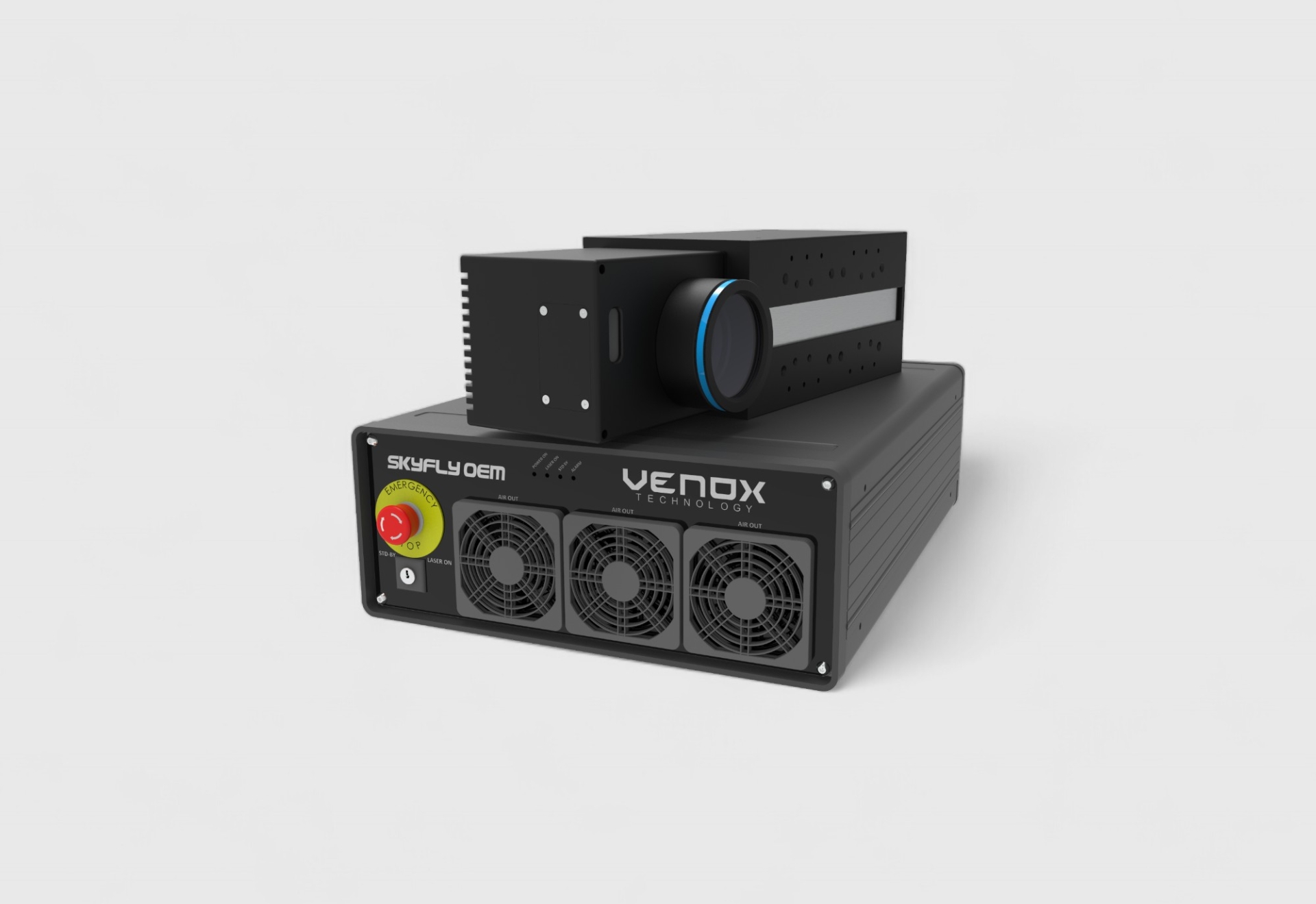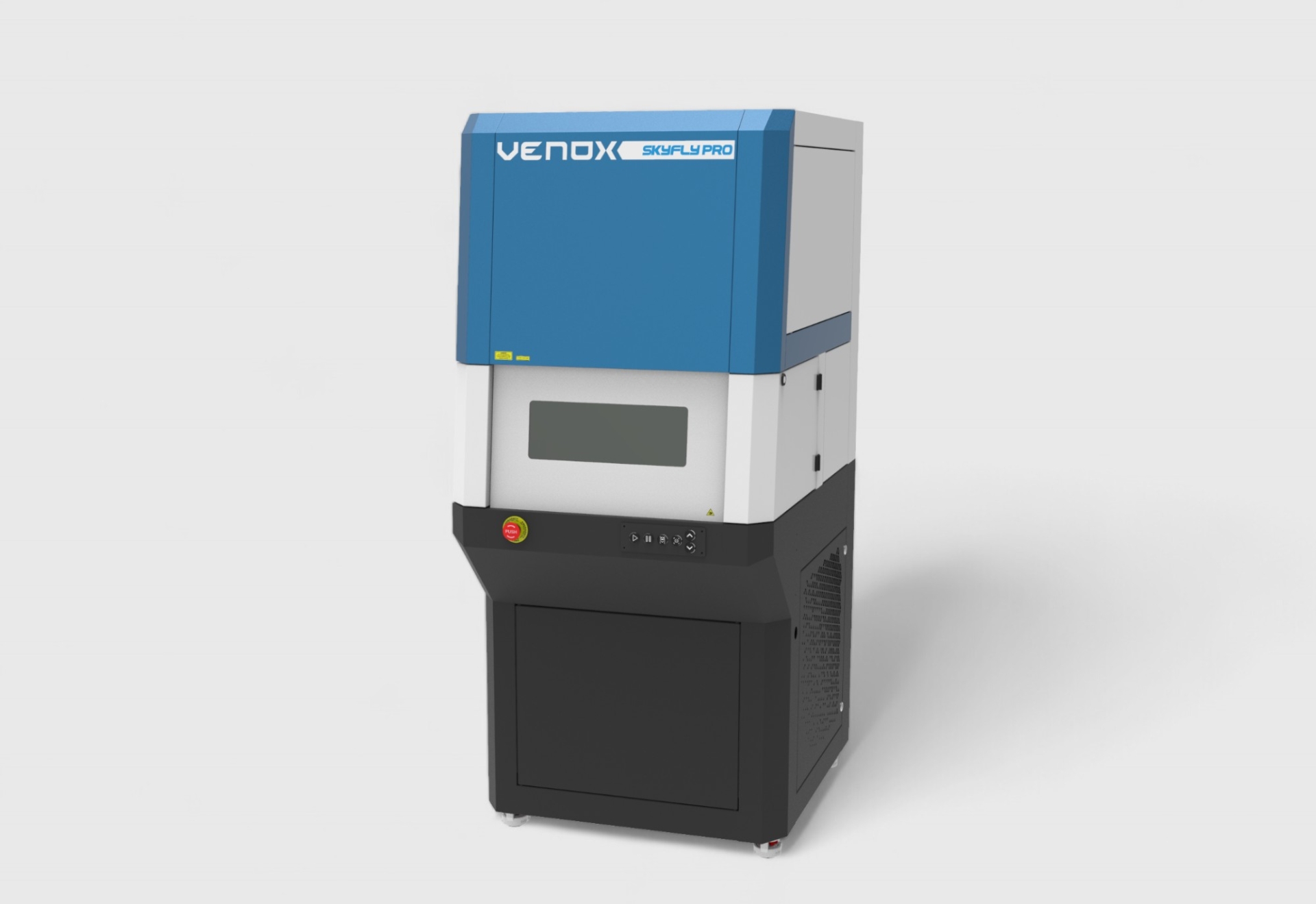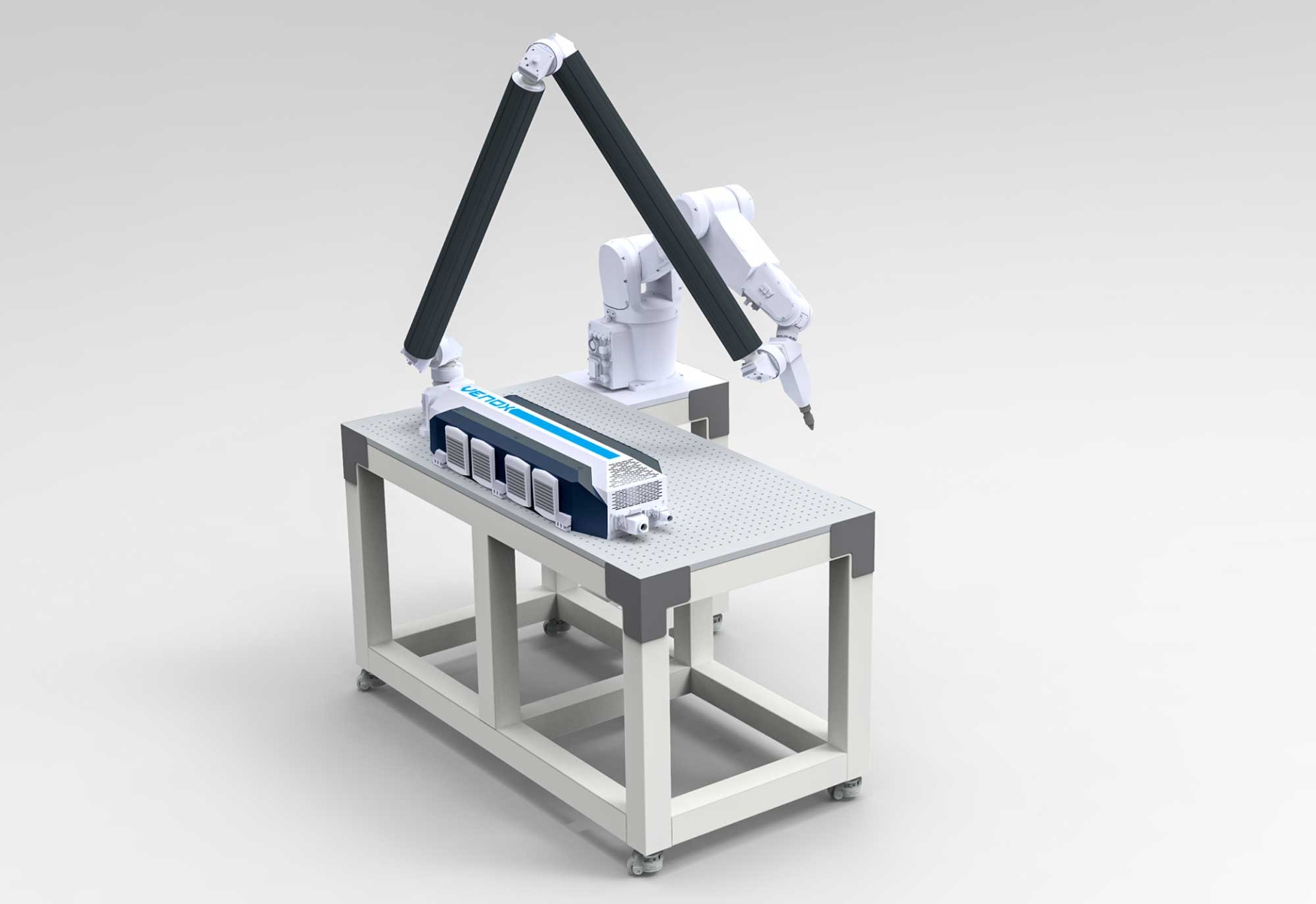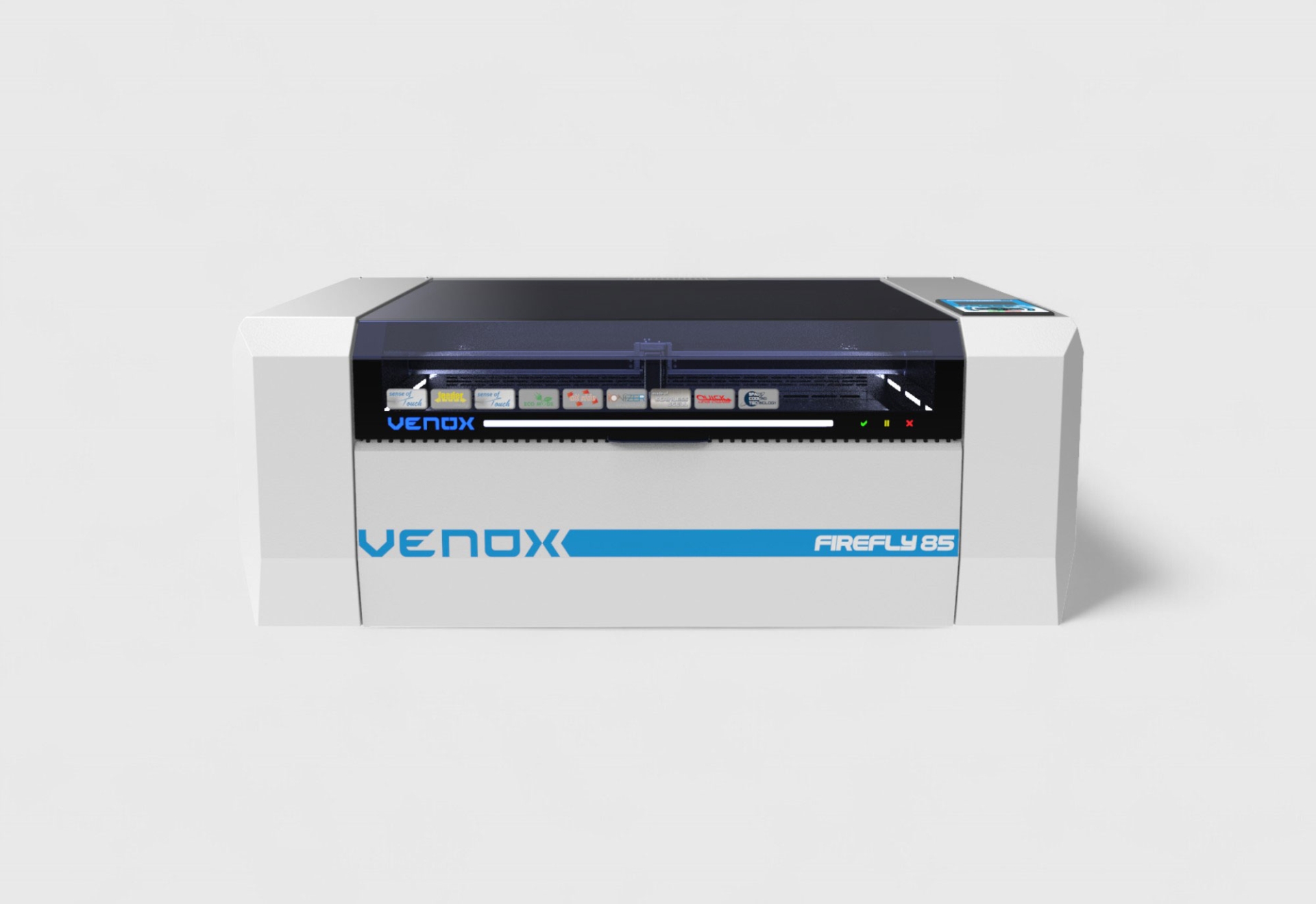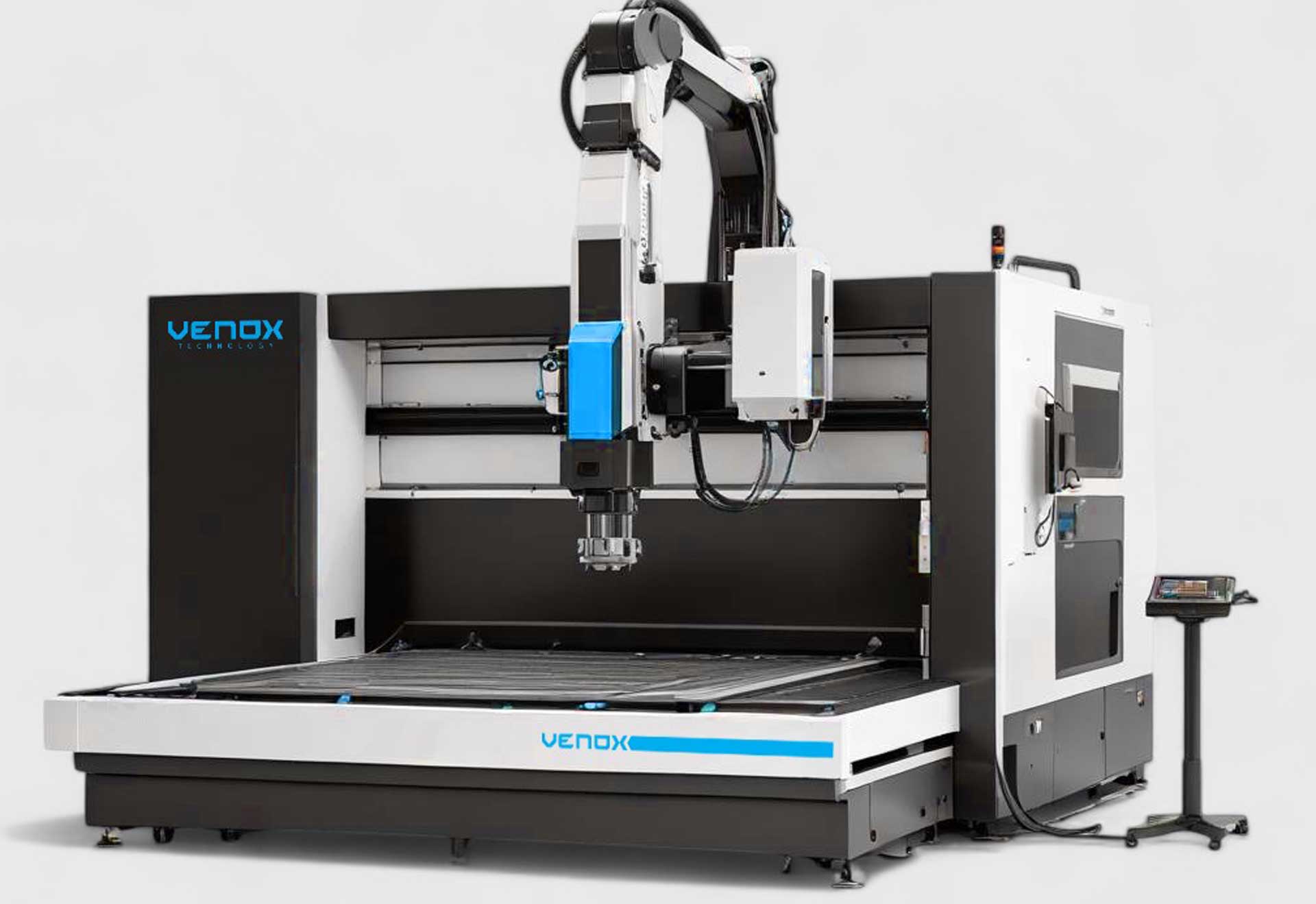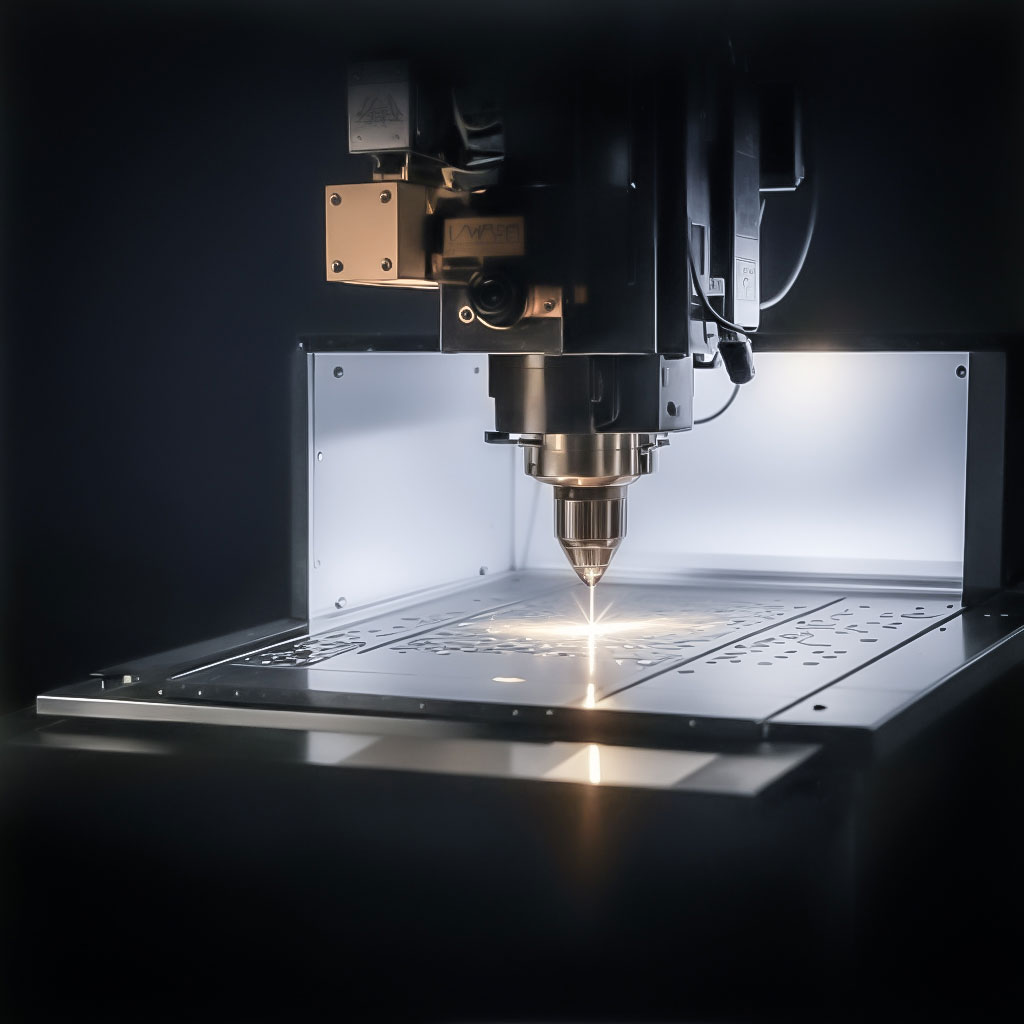Laser Marking Machines Purchasing Guide: Model Selection, Power, Lens, and Software Criteria
Defining the Need: Material, Cycle Time, and Contrast Target
Proper selection of laser marking machines (or systems) starts with clarifying the key requirements such as material type (metal/plastic/coated), target contrast/depth, marking area, and cycle time. These inputs determine the laser source (Fiber/CO₂/UV), power class, lens, and software configuration decisions.
Decision Tree: Source → Power → Optics → Software
First, select the source (Fiber/CO₂/UV) based on the material; then adapt the power and optics (F-Theta lens/area) to match the line's speed and quality targets. Finally, clarify software/data integration and vision verification requirements to optimize the total cost of ownership (TCO).
Laser Source Selection (Fiber, CO₂, UV)
- Fiber: Fast, permanent, high contrast on metals; black/color effects with MOPA.
- CO₂: Surface marking/color change on organic and painted/coated surfaces.
- UV: Micro-marking on heat-sensitive plastics/PCB/glass with low HAZ.
Power Class and Cycle Time
Power selection in the 20–100 W range is based on desired contrast/depth and per-part processing time. Higher power can provide the same quality in shorter time or on larger areas.
Optics and Lens (F-Theta) Selection
- Marking area: 100×100–300×300 mm; as the area increases, spot size may grow.
- Spot size/resolution: Smaller spot = fine lines and micro details; larger area = higher coverage.
- Working distance: Affects enclosure/conveyor design and safety.
Software, Data, and Integration
- Formats: GS1, UDI, QR/Datamatrix, serial/lot, logo/vector.
- Connectivity: MES/ERP with OPC UA, Profinet/EtherNet/IP, Modbus, REST API.
- Recipe management: Product-based parameter sets, automatic data mapping.
Vision Verification and Code Quality
2D/1D code grading per ISO/IEC 15415/15416, text inspection via OCR/OCV; reject/sorting logic for defective product removal. Lighting and optical geometry significantly affect readability.
Hatch/Fill and Parameter Recipes
- Hatch directions: 0°/45°/90° multi-pass for uniform fill.
- Line spacing: Optimized for contrast-time balance.
- Versioning: Parameter sets stored with version control.
Safety and Filtration
- Class 1 enclosure: Light-tight design and interlock required.
- Filtration: HEPA + activated carbon for metal/organic fumes.
- Compliance: CE/UL documentation and risk analysis.
Maintenance, SLA, and TCO
Planned maintenance (lens/galvo/filter), spare part access, and service SLA minimize downtime. TCO analysis should consider energy, filtration, calibration, and potential reject/rework costs.
Sample Approval and Pilot Testing
- Sample set: Real scenarios with material/coating/color variations.
- Acceptance criteria: Contrast/depth, ISO/IEC Grade, cycle time.
- Pilot: Short production test; verification with vision and integration.
Technical Specification Checklist
- Laser source and power range (W)
- Marking area and F-Theta lens options
- Target contrast/depth and cycle time
- Software formats (GS1/UDI, QR/DM), data integration (MES/ERP)
- Vision quality target (ISO/IEC Grade) and reject/sort logic
- Safety (Class 1), filtration capacity
- Maintenance plan, SLA, and spare parts list
FAQ: “Makinaları” or “Makineleri”?
While “makineleri” is more common in technical writing, “laser marking makinaları” also has strong search volume. For SEO purposes, it’s recommended to include both naturally in the content.
Correct Configuration by Venox
Let’s select the right source, power-lens combination, and software and vision verification package tailored to your sample and production line. Explore our products: Laser Marking Machines.
